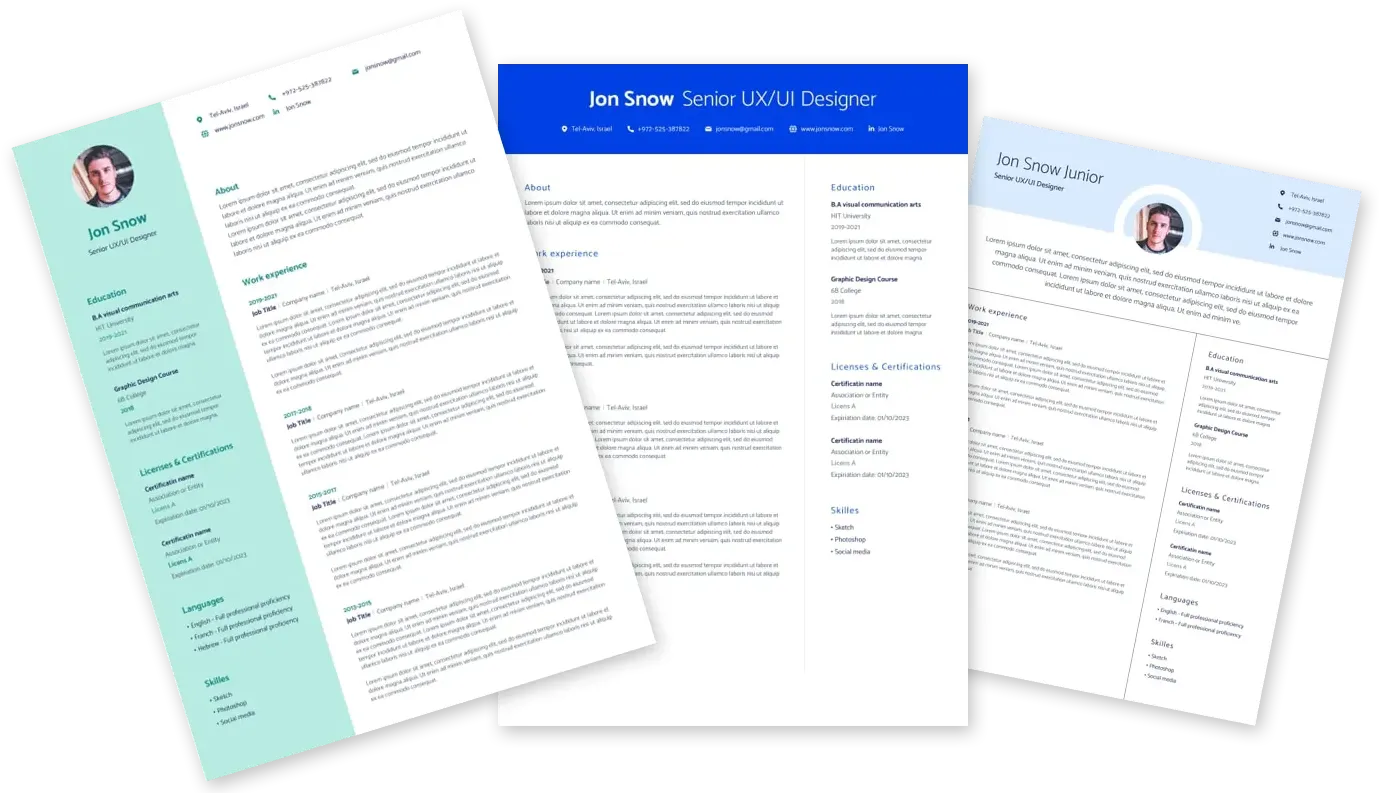
המקום בו המומחים והחברות הטובות ביותר נפגשים

Microsoft Senior Manufacturing Engineer Taiwan, Taoyuan City 43835029
09.10.2025
Required Qualifications:
- Bachelor's Degree in Mechanical Engineering or related field AND 5+ years experience in engineering, manufacturing, operations, hardware developmentOR equivalent experience.
Preferred Qualifications:
- Doctorate in Manufacturing, Material, Mechanical, Electrical, and Industrial Engineering, or related field AND 3+ years experience in a manufacturing environment/repair
- OR Master's Degree in Manufacturing, Material, Mechanical, Electrical, and Industrial Engineering, or related field AND 6+ years experience in a high-volume manufacturing environment OR Bachelor's Degree in Manufacturing, Material, Mechanical, Electrical, and Industrial Engineering, or related field AND 7+ years experience in a manufacturing environment/repair
- OR 9+ years of equivalent experience.
- Patent or track record of engineering excellency.
Other Requirements
Ability to meet Microsoft, customer and/or government security screening requirements are required for this role. These requirements include but are not limited to the following specialized security screenings:
- : This position will be required to pass the Microsoft Cloud background check upon hire/transfer and every two years thereafter.
Responsibilities
- Reviews both internal and external component/sub-component/device specification sheets and shares them to key stakeholders. Interprets complex details required to produce, assemble, measure, and/or qualify hardware features and coaches teammates. Documents complex details about materials, components, and/or functionality for complex devices via accepted drawing-release processes and highlights potential compatibility issues.
- Applies expertise through the use of predictive modeling techniques (e.g., tolerance analysis, Six Sigma) to inform manufacturing process design choices for a product, part, component, sub-assembly, or final assembly. Provides quality/scrap-cost roadmap and drives operation to reach goals. Leads the detection framework by Neighbor Unreachable Detection (NUD), Design Failure Mode and Effects Analysis (DFMEA), or Process Failure Mode Effects Analysis (PFMEA) to detect the product. Leads the root cause analysis and preventive/corrective actions to ensure internal and external quality control.
- Develops process and production line capability to support end-to-end manufacture or fabrication of products, components, sub-assemblies, and/or final assemblies. Clearly specified, evaluates, and coaches on dimensions, measurement, and process requirements of a product or assembly and its packaging to evaluate production line quality and efficiency. Lead line/factory layout and headcount requirements based on the product complexities. Investigates current industry/competitive trends within the manufacturing process area and validates standards of a variety of established, complex products.
- Collaborates with Engineering on the product design to conduct product validation for one or more products. Partners with Reliability teams to enacts product engineering, product design, manufacturing and production changes, and communicates changes with internal and external stakeholders. Simulates high-volume manufacturing and/or repair processes. Drives decision-making that helps ensure the mass-producibility and sustainable production of products over time.
- Drives suppliers to ensure yield and continuous improvements into mass production and/or repair processes. Validates supplier manufacturing and/or repair process performance to ensure product quality, identifies and reviews supplier and its sub-tier production risks, integrates input from supplier(s), and collaborates with suppliers. Ensures that work is done in parallel with suppliers by helping to review, approve and observe suppliers each step of the process as needed.
- Identifies the most significant project risks (e.g., schedule risk, incomplete specs, tool issues, gaps in technical talent) at the outset of a project and drives plans to address those risks. Resolves manufacturing or repair issues, identifies recurring issues, and makes recommendations for necessary changes and tradeoffs (e.g., extendibility, refurbishing) for multiple products.
משרות נוספות שיכולות לעניין אותך
